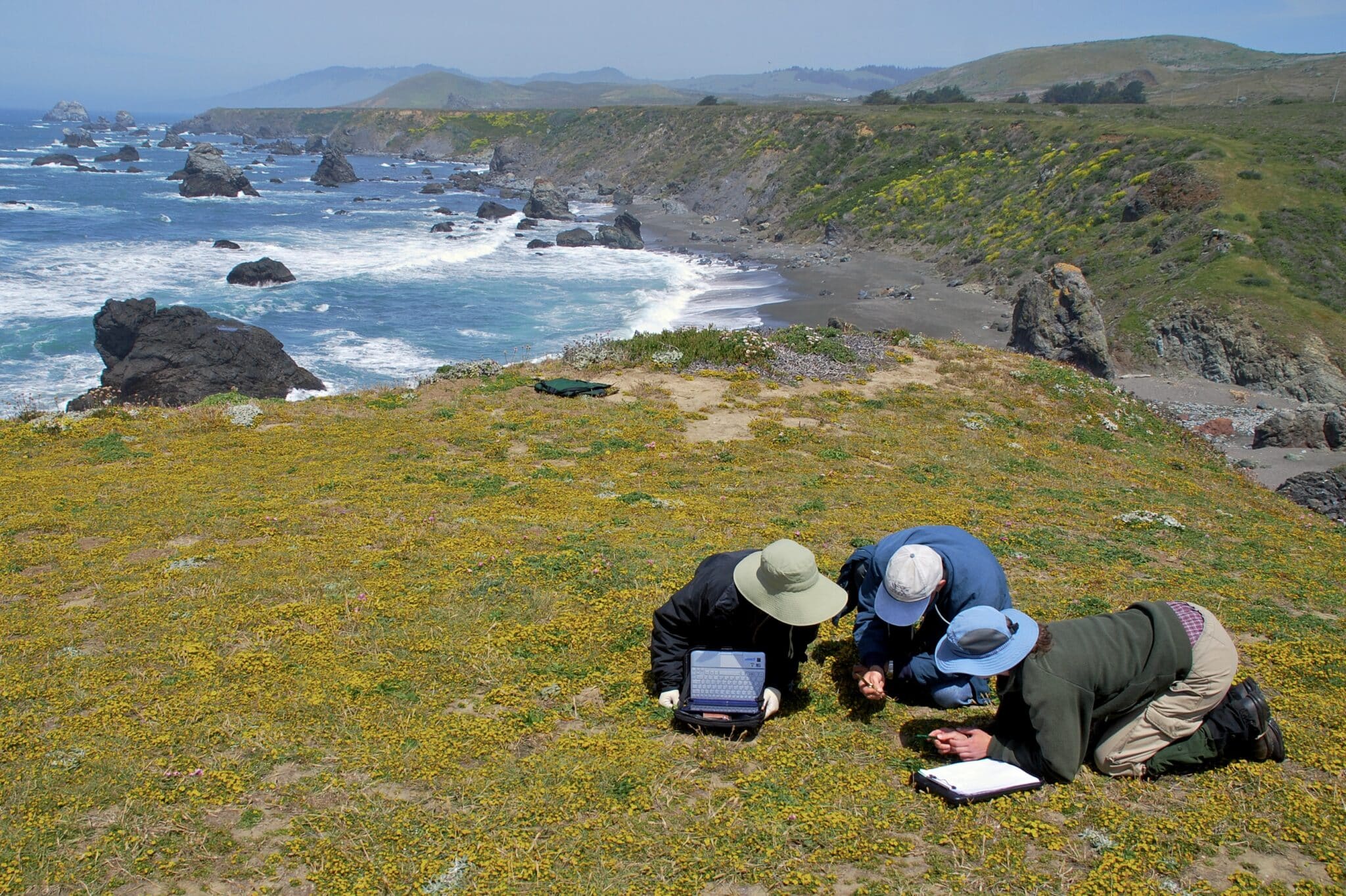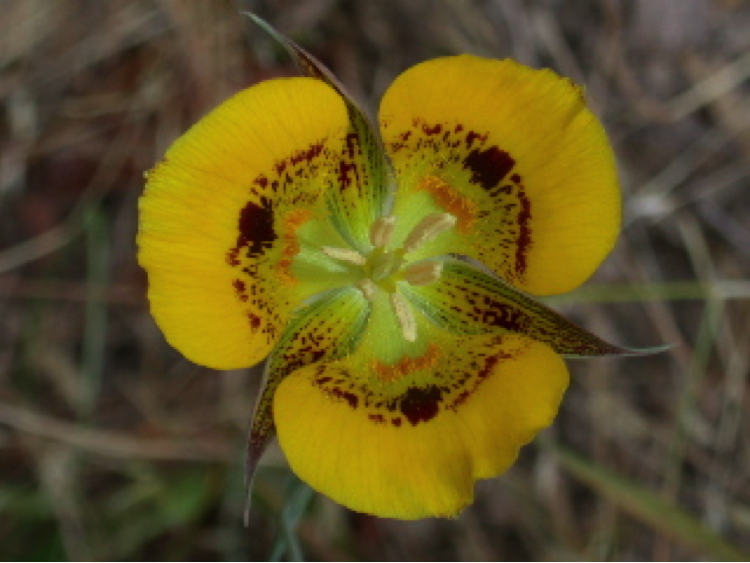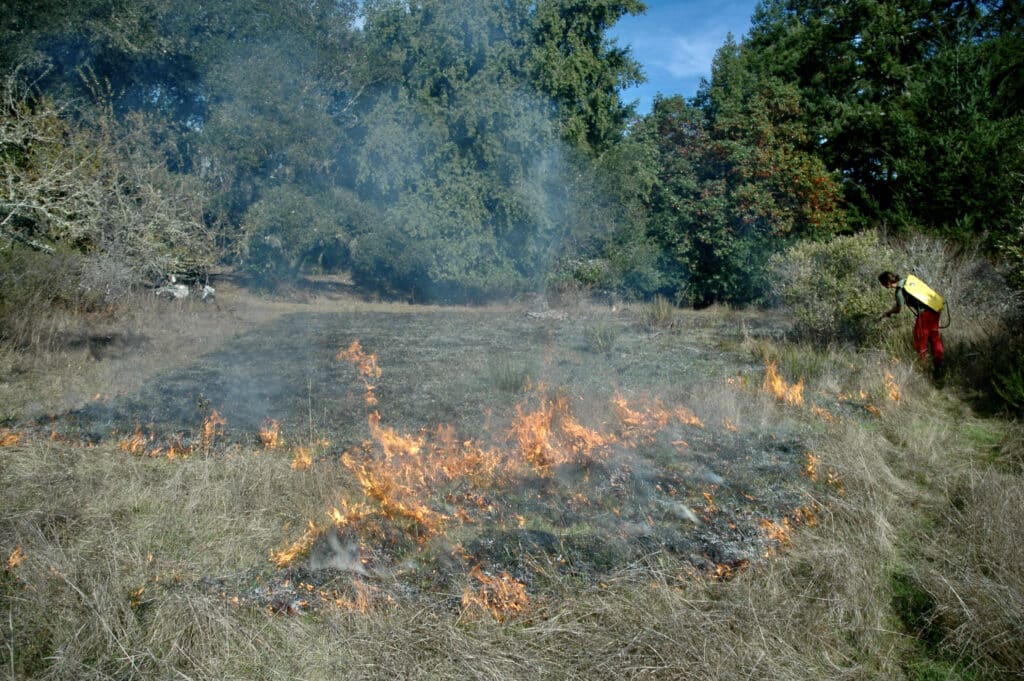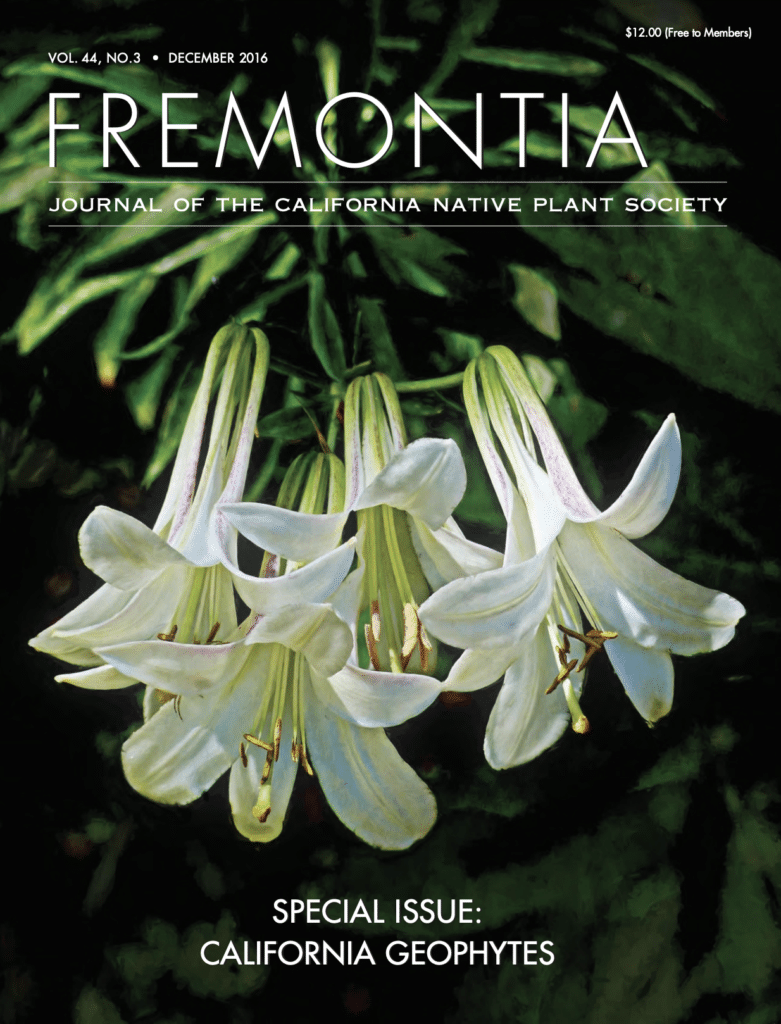
2006 – Present
We are lucky at OAEC to steward nearly ten acres of California coastal prairie, a grass and forb plant community that stretches from the coast of southern California to southern Oregon. Often these ecosystems are referred to as grasslands, but prairies are increasingly becoming recognized for their floristic and biological diversity. Here at OAEC, our coastal prairies are a mix of nonnative grasses, forbs, wildflowers, as well as native perennial bunchgrasses, such as Gairdner’s yampah (Perideridia gairdneri), blue wildrye (Elymus glaucus), and purple needlegrass (Stipa pulchra).

Sadly, coastal prairie is the single most urbanized major vegetation type in the U.S. and – with more coastal prairie being lost each year to pavement, agriculture, and development – remains one of the most rare and endangered ecosystems in California. In 2006, OAEC and a number of other organizations and agency partners, including Ocean Song Farm and Wilderness Center and UC Davis Bodega Marine Laboratory, came together to form the Sonoma-Marin Coastal Grasslands Working Group to better understand the challenges and opportunities of caring for this special ecological community.
Over the next decade, the Working Group worked to promote educational materials on coastal prairie ecosystems and advanced strategic activities towards their restoration and conservation. These resources can now be found on the California Coastal Prairie webpage, hosted by the California Native Grasslands Association. In 2006, nearly 70 participants representing 24 agencies, academic institutions, land managers, land planners, community groups, private landowners, and organizations including OAEC met at the Sonoma-Marin Coastal Prairie Workshop to identify what would be needed to conserve coastal prairie habitats in our region in the next 10 years.

In part out of this workshop, Sonoma State University and the Coastal Grasslands Working Group teamed up to publish the Coastal Prairie Enhancement Feasibility Study in 2011. The study focused on researching approaches to grassland mapping and management strategies, specifically targeting the control of velvet grass (Holcus lanatus) at five sites in Sonoma and Marin counties, including a demonstration plot at OAEC. The Coastal Grasslands Working Group was among the first of its kind to bring together such a wide diversity of information about the evolution, ecology, and stewardship of this rare habitat.
Additional Resources:
- Learn more about OAEC’s active management program for our on-site coastal prairies in our Wildlands Stewardship Plan.
- OAEC’s “Mending the Wild” article published in Fremontia, Journal of the California Native Plant Society in a special 2016 issue featuring geophytes.
- “Conservation Priorities for Coastal Prairie in Sonoma and Marin Counties,” Proceedings from the Sonoma-Marin Coastal Prairie Workshop on November 6, 2006.






